
Don’t Rinse Your Kefir Grains and More!
Kefir Grains
Never Rinse Them in Water
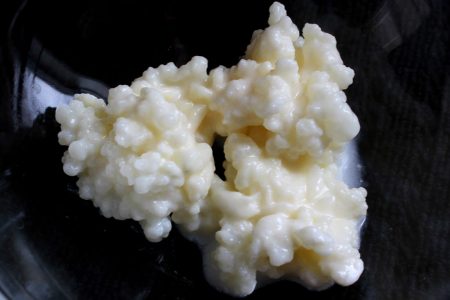 I get so many emails from people who, in an attempt to help their kefir grains, will rinse them in cool water. You should NEVER, EVER, EVER do this. It damages them and rinses off the protective bacteria that make them thrive. So many times they will either die or stop reproducing or not make kefir very well after rinsing. Some kefir grains will survive this and be ok, but it still slows them down and damages them, and gives me huge amounts of anxiety.
I get so many emails from people who, in an attempt to help their kefir grains, will rinse them in cool water. You should NEVER, EVER, EVER do this. It damages them and rinses off the protective bacteria that make them thrive. So many times they will either die or stop reproducing or not make kefir very well after rinsing. Some kefir grains will survive this and be ok, but it still slows them down and damages them, and gives me huge amounts of anxiety.
The coating of milk around the kefir grains protects them and makes them strong. Think of it this way. It is like walking around naked in a snowstorm. They need this coating to reproduce themselves, and protect themselves, because of the combination of bacteria and yeasts that make up the composition of kefir grains. Rinsing them washes this away.
If you need to change milk, rinse them in the milk you are changing them to. You really don't need to rinse them at all, but do this if you want to rinse them. Rinse them in fresh milk. You can also give them a prebiotic like Prebio Plus which feeds them and makes them stronger. This powder will also make your kefir more creamy - especially if it is separating a lot.
I am trying not to shout and put this in all caps, because I understand people just don't realize that this could hurt them. I am slightly overprotective of these microorganisms. I am trying to ensure that these little kefir grains stay around and thrive. We need them to help us live and thrive. I've been labeled the kefir police and decided I am ok with this. Somebody has to do it. These little kefir grains changed my life, and I will go to great lengths to protect them.
Resist the temptation to rinse them and tell your friends Donna said so. I will sleep so much better at night if you do. It tortures me when people tell me they’ve rinsed their kefir grains.
Use a Lid on Kefir ~ Not a Cloth
When making milk kefir, some people will say to use a cloth and rubber band over the jar. This is one of the most common things that can cause problems. When a cloth is used to cover a vessel for kefir, there is a risk of cross-contamination with wild yeasts in the air or even from other cultures or foods nearby. Cross-contamination can affect kefir by changing the color or taste. Sometimes there is a discoloration on top of the kefir, for instance a pink color, that is a result of fermentation and yeasts that are accumulating in the kefir culture. Cross-contamination can also cause an off-taste that is strong and yeasty tasting. Cross-contamination is not bad and will not harm you, but it is best to always use a lid so that you can eliminate these problems. The best method is to use a canning jar with a plastic lid. I have always done this and never have a problem with my kefir – even after more than twenty-two years of fermenting.
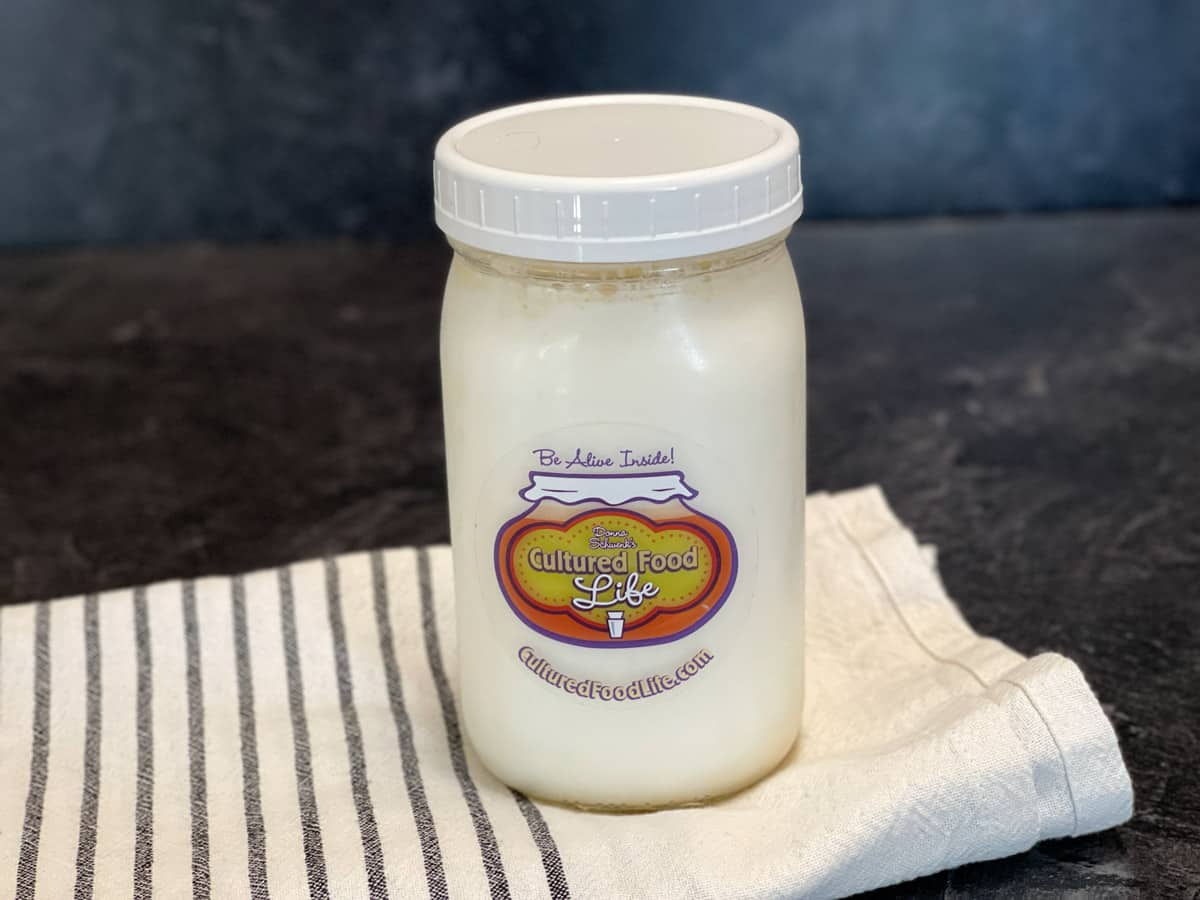
You Can Use a Stainless Steel Strainer
Metal is something that tends to react with cultured foods, but stainless steel is non-corrosive so when it comes to kefir, using a stainless steel strainer or spoon is actually okay. People panic when they hear people say never to use a metal strainer or spoon. I have used a stainless steel strainer for years, and it has worked great. Metal canning lids on jars are fine, too, as long as the kefir isn't in constant contact with the metal. It can break it down and will start to rust so I like to use plastic. Using a metal spoon is okay - there is no need to worry as using metal to strain or eat your kefir is fine.
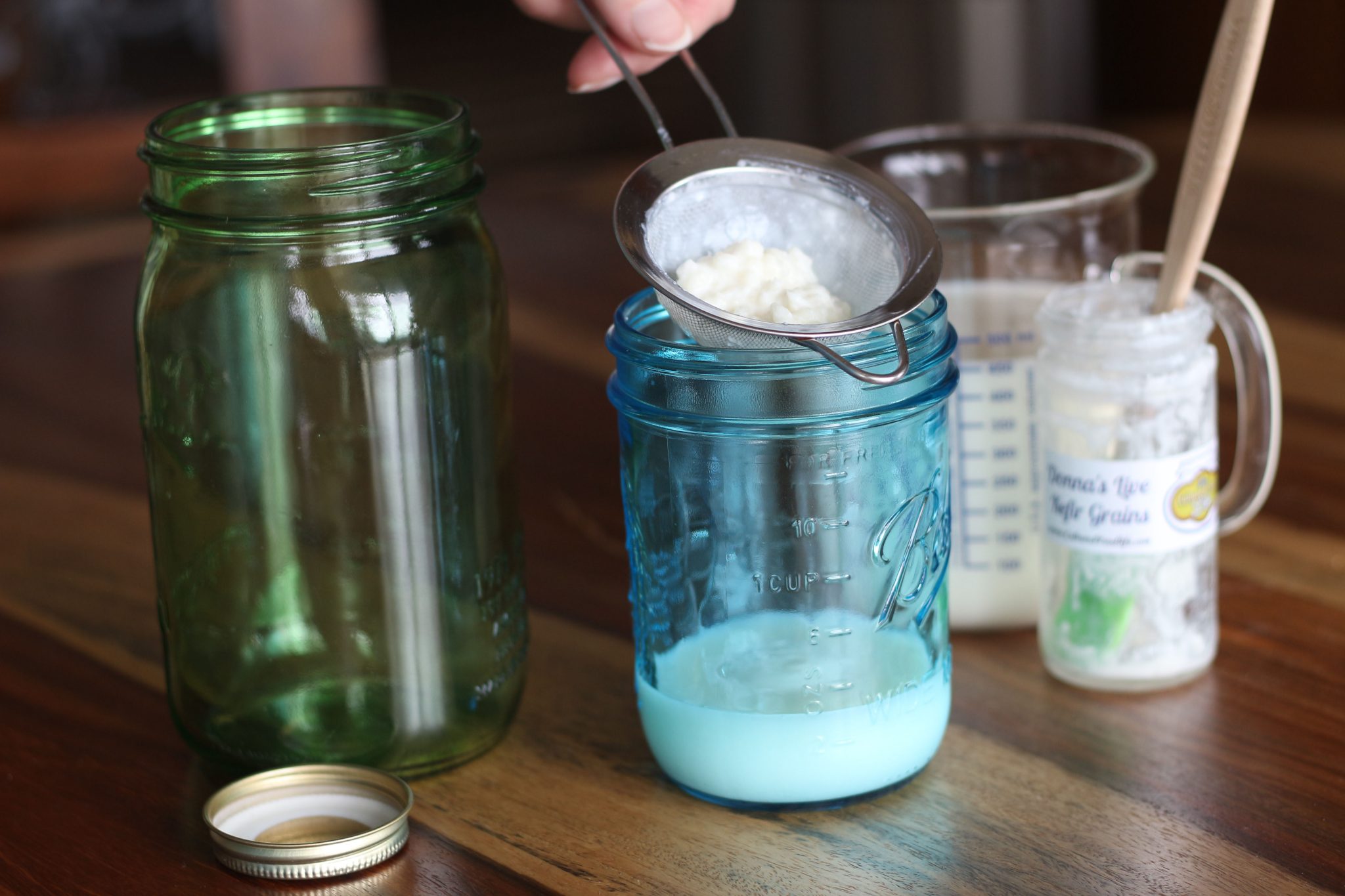
Second Ferment Your Kefir For More Probiotics
Nothing makes your kefir taste better than adding a small slice of fruit to your kefir and second fermenting it. It increases the B vitamins, especially folic acid. It also mellows out the tart and sour taste. This is all accomplished by adding the fruit, which is a prebiotic, for those hungry microbes. They gobble up the sugars in the fruit and make more probiotics for you. Don't let it ferment too long and don't add too much fruit as the taste can get an overly acidic taste and separate more into whey and curds.
I usually add a 3-inch strip of lemon or orange peel and let it sit out for an hour to ferment. Then I place it in the fridge with the lemon peel still in the jar. Then it keeps fermenting slowly in the fridge.
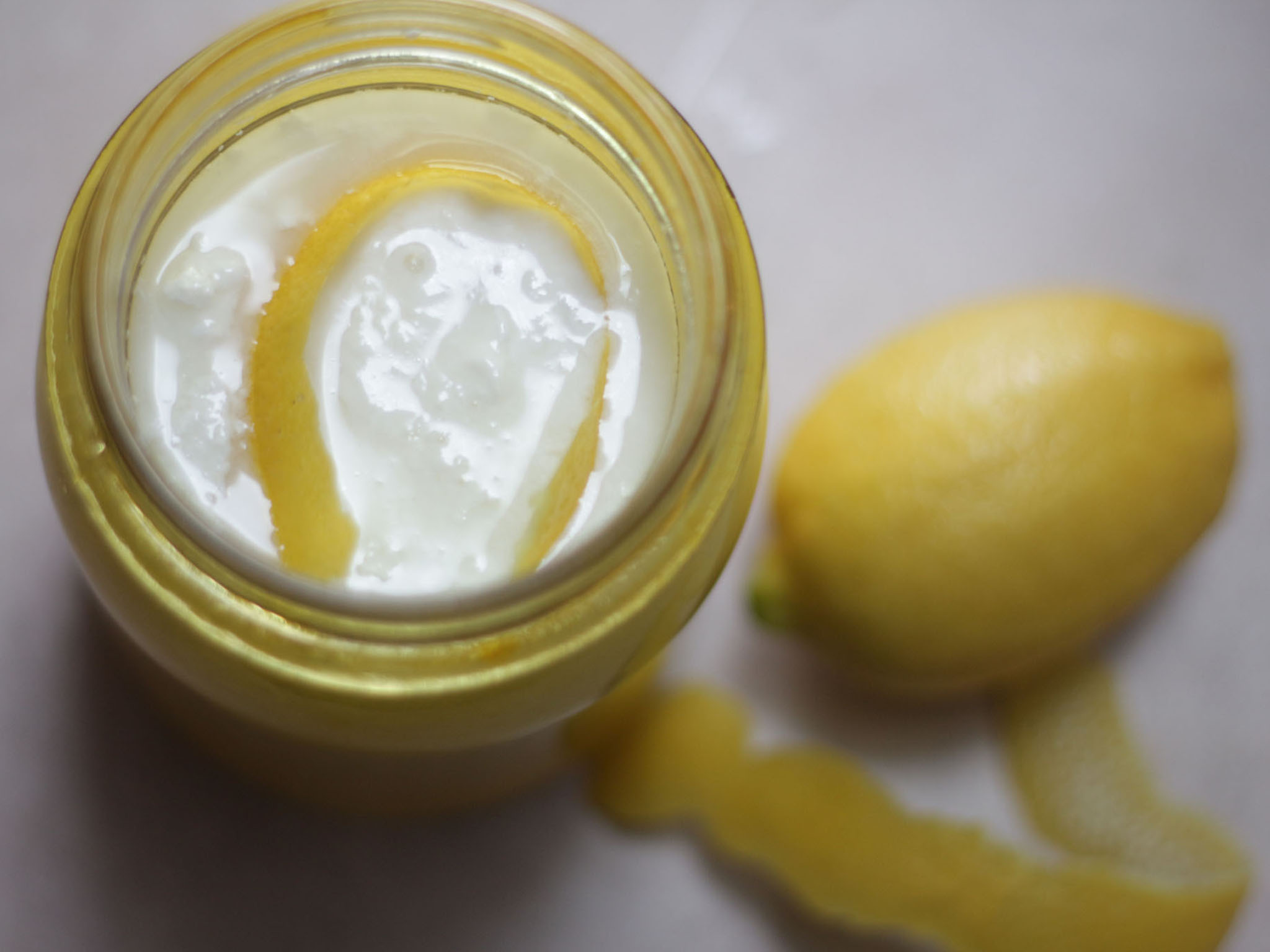
Don't Ferment Too Long
So many people think that letting your cultures ferment longer is better, but this is not true. Kefir is best when it's done fermenting at 24 hours or when it is sour and tart and slightly thickened. Letting it go 48 hours or longer diminishes the probiotics as the bacteria run out of food to eat and then start to die. The only time there is an exception is when you second ferment your kefir by placing some fruit in your kefir which gives it another food source. This will actually increase the probiotics as it eats the sugars from the fruit. The time it takes to ferment your kefir is an individual thing depending on the temperature in your home and how much milk you're using. 24 hours is just a guideline, but if it tastes sour and tart and the milk has formed a thicker curd then it's done. Don't let it go too long or it will separate into curds and whey, which is still drinkable just not as desirable.
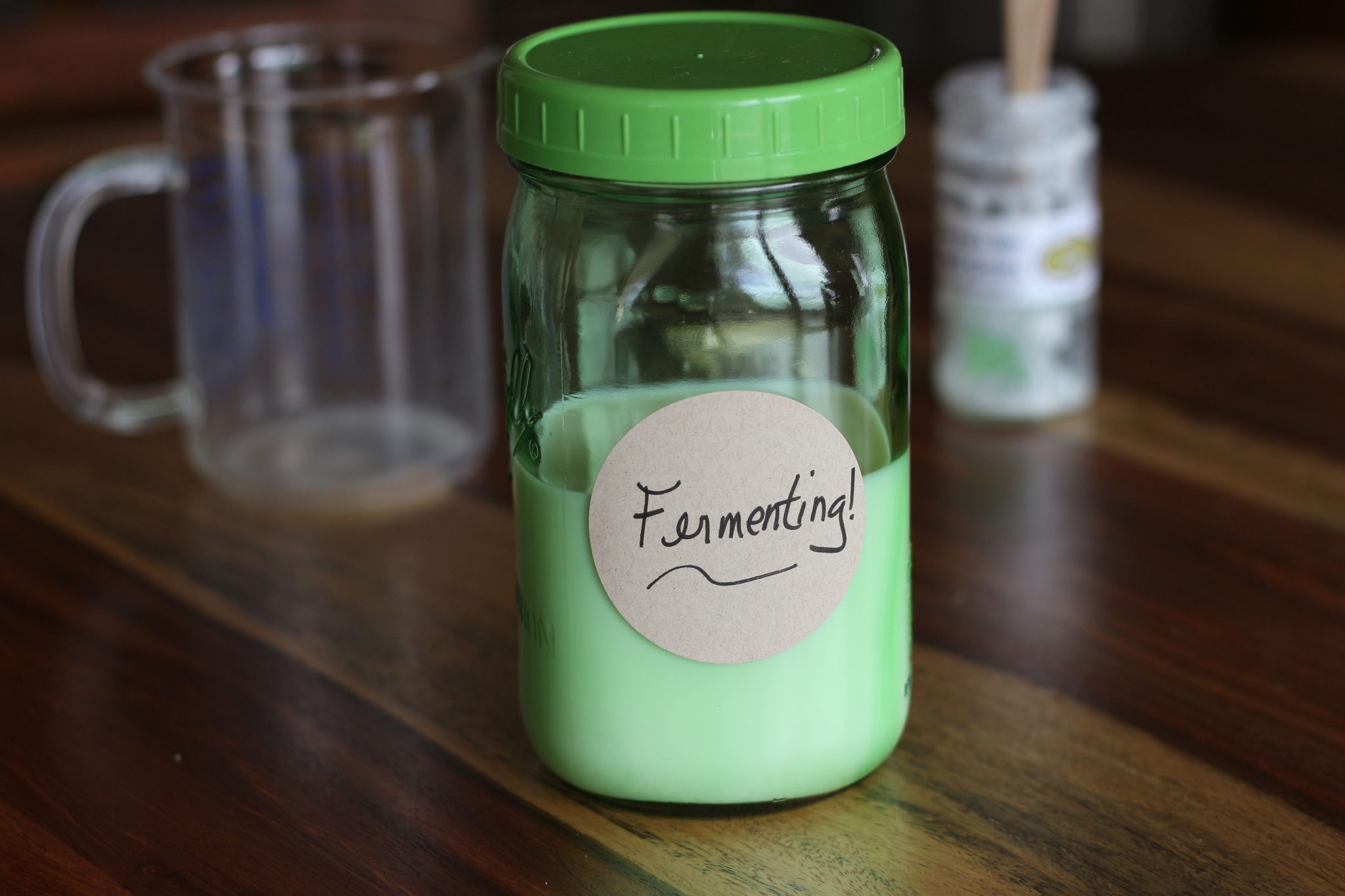
Kefir Grains Can Change In Size
Kefir grains can change in size. This can happen a lot when temperatures fluctuate and you're not fermenting as often. Many people think that big plump kefir grains are better, but this is not always true. Kefir grains that are tiny are often the new grains and the strongest since they're just starting to grow and multiply. I have seen kefir grains turn into strings and sheets and even circles. One lady said it looked like she had crop circles in her kefir she had so many rings of kefir grains. These changes in grains are known as kefiran which is a gel-forming soluble polysaccharide. This happens most often in the summer and fall or if you're trying new milk. If they still sour the milk and grow and multiply, then they're working.
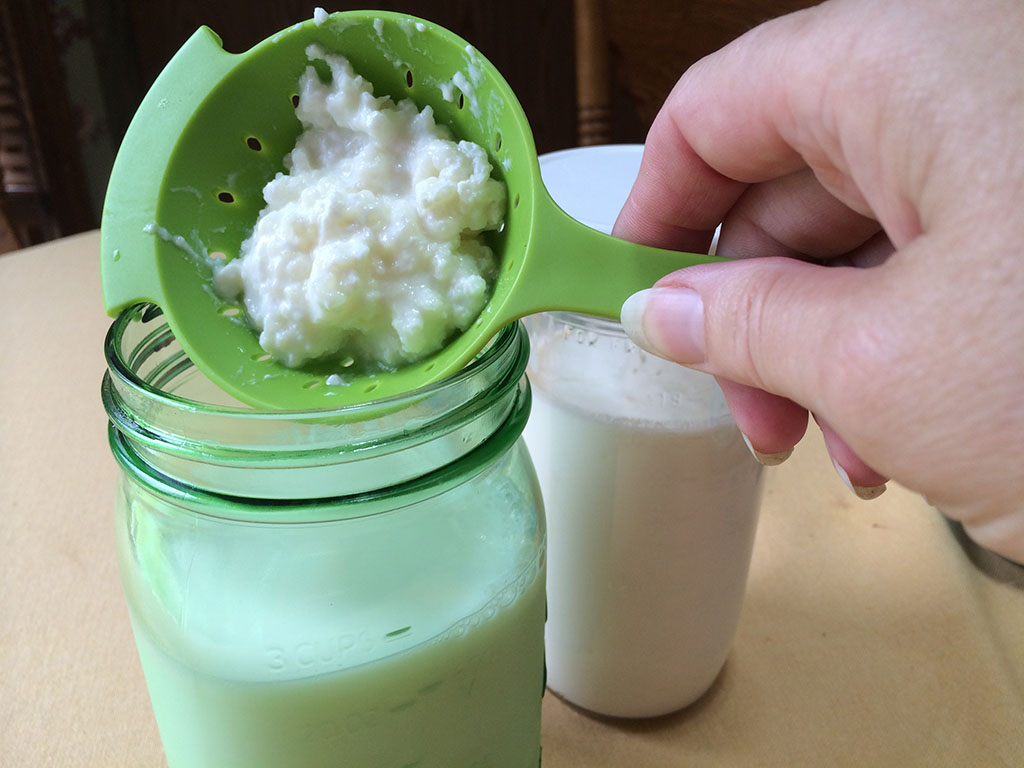
More FAQs for Kefir
Kefir is a living food and can change in texture and taste as it adjusts to changing temperatures and fermentation times. So, before you think things have gone awry and throw out your kefir, check out this FAQ page or contact me. I want you to make good kefir and I've been doing this for a long time. If anybody knows what kefir can do — it's me. I've spent twenty-two years making this special probiotic food every day and believe you me, the kefir grains can have a mind of their own sometimes. I've figured out the likes and dislikes of kefir grains and how to make the grains better if they get stressed by situations such as lack of food or warm temperatures.
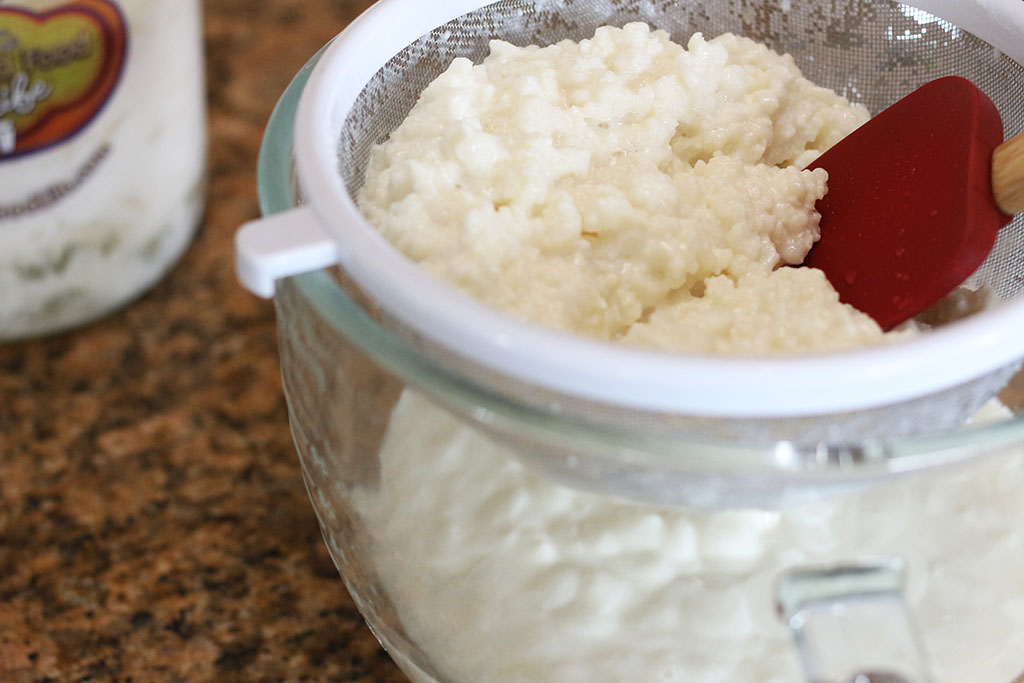
No Two Ferments Are The Same
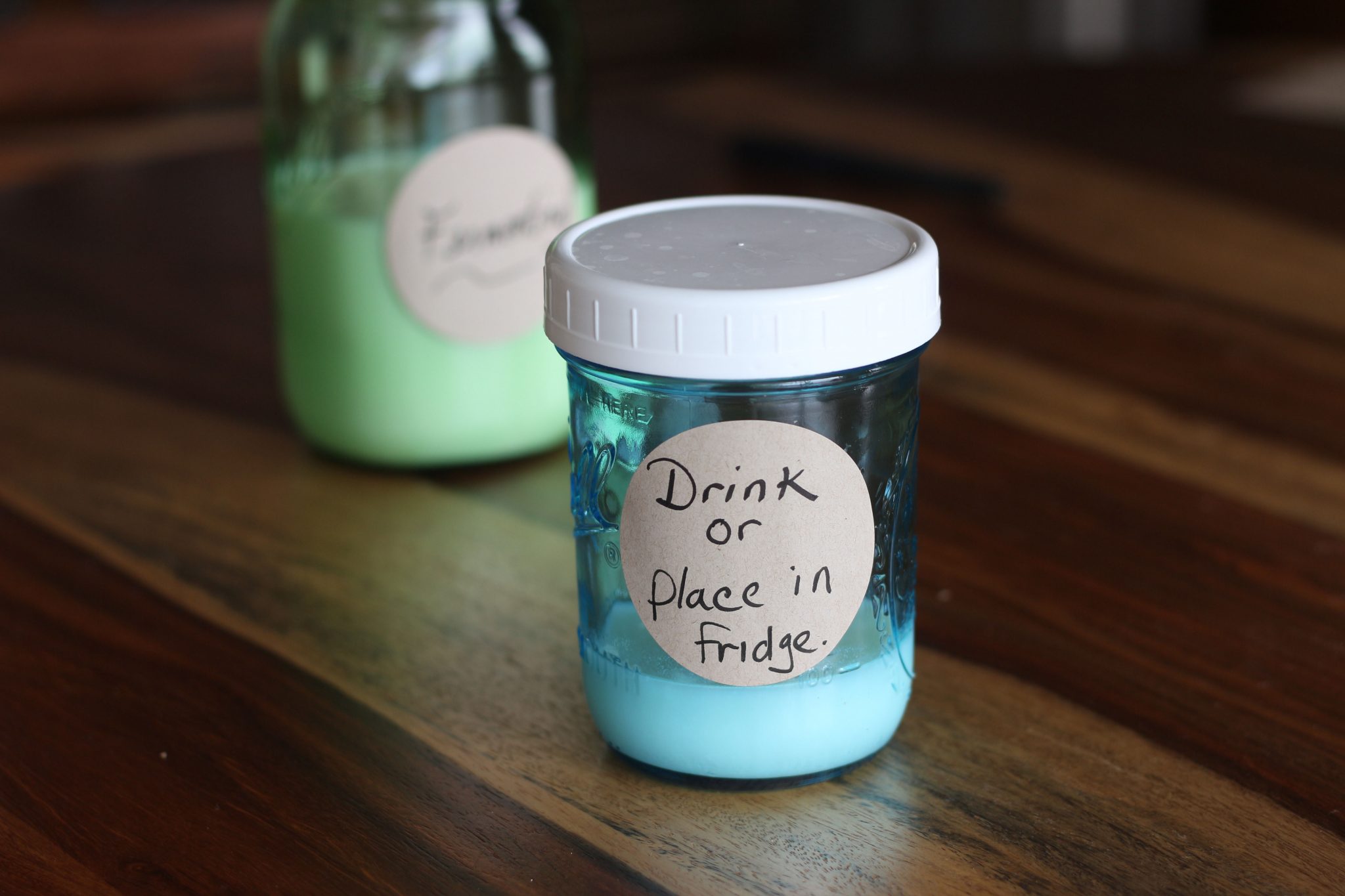
![]() Your home and mine are unique and different, and they house the bacteria you carry around on you. You're a cloud of trillions of microbes and you carry a cloud with you wherever you go. This is so crazy to think about, but they are starting to use this in forensic work to determine who's been in the room at the scene of a crime. That being said, you can have a powerful influence on those around you by creating a healthy and diverse ecosystem in your gut. This will affect your cultured foods, too.
Your home and mine are unique and different, and they house the bacteria you carry around on you. You're a cloud of trillions of microbes and you carry a cloud with you wherever you go. This is so crazy to think about, but they are starting to use this in forensic work to determine who's been in the room at the scene of a crime. That being said, you can have a powerful influence on those around you by creating a healthy and diverse ecosystem in your gut. This will affect your cultured foods, too.
The more you make cultured foods, the better your ferments will work because you're infusing your home with powerful, good bacteria. Your home is an expression of you and so are your cultured foods. They will change with the temperature and how often you use them. They love to ferment, and the more you use them and make cultured foods, the better they will perform. It's the same thing inside of you - it gets better and better the more you pay attention to what you're eating, how you're living, and the emotions you feel. You signal your body to create disease or wellness with everything you do. The more that wellness ensues, the more you spread this to others - quite literally - by the bacteria you carry around. So make these foods as often as you can and consume them daily. They will change and get better with time, just like you. 
Listen To My Podcast
I get so many emails from people who, in an attempt to help their kefir grains, will rinse them in cool water. You should NEVER, EVER, EVER do this. It damages them and rinses off the protective bacteria that make them thrive. Learn more about this and other important tips on how to care for kefir grains.
References I talked about:
Are you on the list?
Sign up today and I'll send you my free Getting Started Guide!
Each week I'll send you updates, tips, recipes, and more! You might even be a winner of my weekly giveaway! (starter cultures, memberships, and more!)
Come be a part of my cultured food family!


